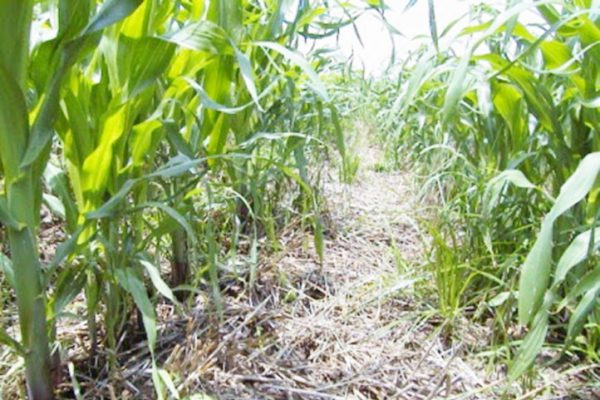
IT is getting glaringly clear with each passing year that conventional farming — which involves the industrialised production of crops and livestock — is no longer sustainable.
By Chipo Masara
Besides being a major contributor to the current state of soil degradation owing to intensive tilling and heavy dependency on chemicals, conventional farming is stopping the farmers from utilising the land to its full potential.
The agriculture sector — which should be the backbone of an agrarian country like Zimbabwe — is now a pale shadow of its former self and no longer can Zimbabwe boast of being an agricultural power house in the southern African region. In fact, the situation has deteriorated to the extent of Zimbabwe having to import maize from countries like Zambia and South Africa — something that was unimaginable 20 years ago.
The people that make up Zimbabwe’s farming landscape today, having come into some land after the execution of the controversial land reform programme, are evidently having trouble realising that farming — like any other industry — is evolving and things can no longer be done the way they have always been done.
It seems to be escaping them that the climate change phenomenon that has become a global headache, has totally changed farming as we had known it and calls for a different approach altogether if farmers are to be climate change resilient.
Studies carried out over many years have concluded that centuries of conventional farming has weakened the soils, wasted moisture and resulted in high soil loss — rendering most plants less drought-tolerant. This is among a host of other reasons why — in spite of the high operational costs — yields under conventional farming are continually dropping.
One farming method that has been observed to better agree with the changing climatic conditions is called conservative agriculture (CA) — a less industrialised agricultural method that involves natural means of farming. It is a practice that proves that in some instances, less is more.
- Chamisa under fire over US$120K donation
- Mavhunga puts DeMbare into Chibuku quarterfinals
- Pension funds bet on Cabora Bassa oilfields
- Councils defy govt fire tender directive
Keep Reading
CA involves the maintenance of permanent or semi-permanent soil cover (using either a previous crop residue or specifically growing a cover crop for this purpose); minimum soil disturbance through tillage (just enough tillage to get the seed into the ground), and regular crop rotations to help combat the various biotic constraints.
The Cornell’s University’s College of Agriculture and Life Science in New York, US described CA as “a set of soil management practices that minimise the disruption of the soil’s structure, composition and natural biodiversity”.
In addition to conservation farming involving much lower costs compared to conventional farming methods, it is a tried and tested method that also guarantees higher yields and better crop quality. But most importantly, it’s a method that gives the assurance that the land is both ecologically and productively utilised — ensuring that it will be good for use by future farming generations.
The secret under CA is that farmers generally use less chemical inputs than conventional farmers would—and the quantity of chemicals used will continue to decline over time. In addition, farmers are required to use traditional crop varieties without the application of herbicides, or to make use of herbicide tolerant varieties. Instead of applying an avalanche of herbicides, diversified crop rotation is used as the main way of controlling pests. This method effectively cuts expenses for farmers as they would not need to incur expenses like those into conventional farming do in purchasing chemicals.
But most importantly, CA comes in to aid the restoration of the environment, which has for years suffered much degradation owing to careless chemical application.
Maybe the best reason to take on CA is its affordability factor, something that should appeal to the many small-scale farmers as emphasis is on low-cost tools such as ox-drawn planters and reapers. It’s a method that has been credited with eliminating power-intensive soil tillage and the labour required by small-scale farmers, therefore those without tractors or cattle of their own would not need to hire tillage. For those farms that are mechanised, it has been proven to reduce the fuel requirements by 70% and the need for machinery by 50%.
CA not only works with grain crops but can be applied to vegetables and root crops as well, and even perennial crops like fruit, something that should make it appealing to a wider range of farmers.
Most farmers appear wary of adopting CA as they generally believe that such a move would mean less produce for them. That is because most believe the yields one realises are determined by the amount of labour employed, money invested, amount of chemicals applied and more advanced machinery — a very wrong assumption.
CA presents a win-win situation as while helping the farmers actualise the full potential of the land at an affordable cost, it also greatly helps preserve the environment in the process.
l Feedback: [email protected]/ [email protected]











